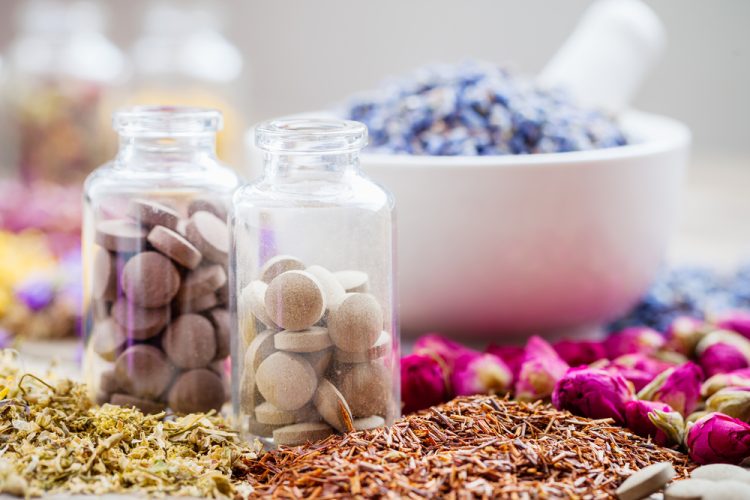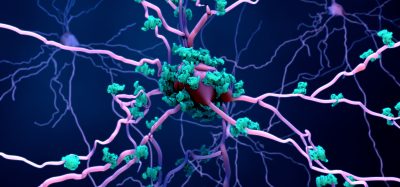How does irradiation sterilisation impact herbal medicines?
EPR discusses the findings of a recent study exploring whether microbicidal treatments using radiation cause the degradation of crude herbal medicinal components.
In order to meet microbiological quality standards, herbal medicine pills are often irradiated at the primary package or final product stage. Radiation is chosen over thermal terminal sterilisation to minimise decomposition of crude drug components, volatilisation of essential oils and changes in colour. However, with limited evidence on the impact ionising radiation has on the constituents of such products, researchers set out to investigate whether irradiation impacts drug quality beyond microbiological contamination.
Pills are a popular formulation of herbal medicines, such as Traditional Chinese medicine (TCM) or Kampo medicine from China or Japan. They are traditionally produced by mixing crude drug powders and additives, which are then formed into spheres, coated and dried. Since herbal medicines are derived from natural products, it is all but unavoidable for their crude components to be contaminated with microorganisms.
The major pharmacopoeias are aligned on the permissible standard for the microbiological quality of non-aqueous preparations for oral administration of herbal medicine – 103 CFU/g or CFU/ml for the total number of aerobic microorganisms and 102 CFU/g or CFU/ml for the total number of fungi. However, before irradiation the microbial quality of pills containing crude drugs may be 100 times more than these levels.
Studies have shown irradiation with gamma rays (γ-rays) or electron beams (EB) is effective at suppressing the propagation of microorganisms during storage and maintaining the long-term microbiological quality of the product.
However, when exposing products to ionising radiation, it is necessary to investigate the effect of radiation and determine whether it impacts drug quality. There are, according to the authors of a paper published in Processes, limited reports on the effect of irradiation treatment on herbal medicinal products. As a result, these authors studied the application of ionising radiation to crude drugs, assessing its ability as a microbiocidal treatment at the primary packaging stage as well as its impact on the degradation of indicator ingredients.
The pills, containing indicator ingredients such as swertiamarin, berberine, glycyrrhizin and cinnamaldehyde, were packaged in laminated polyethylene terephthalate (PET), polyethylene (PE) and aluminium foil before irradiation with either γ-rays or EB.
The survival counts of bacteria were reduced to ≤103 CFU/g by 6 kiloGrays (kGy) of irradiation. The counts of the spore-forming bacteria Bacillus megaterium, B. cereus and Brevibacillus brevis in the pills were reduced to under 100 CFU/g after 10 kGy irradiation.
While there is concern that irradiation may cause the degradation of plant components and cell tissues, impacting drug quality, the study found little influence of ionising radiation on the indicator ingredients derived from plant extracts or volatile components. Although some of the cinnamaldehyde in the pills was oxidized to cinnamic acid, the decomposition of swertiamarin, berberine, glycyrrhizin and cinnamaldehyde in the pills after 10 kGy irradiation were within acceptable limits when analysed with high-performance liquid chromatography (HPLC).
Moreover, the study published in Processes found no clear increase in the extractability of the indicator ingredients in the irradiated sample pills, another potential concern with the degradation of plant components and cell tissues.
Of note is that, because EB irradiation is delivered at a higher dose rate (radiation dose per unit time), the processing time with EB is shorter compared to γ-ray irradiation.
The authors concluded: “γ-ray or EB treatment at the final production of crude drug preparations was within the permissible standard value for the non-aqueous preparations for oral administration, with no statistically significant change in the indicator ingredients of crude drugs.”










